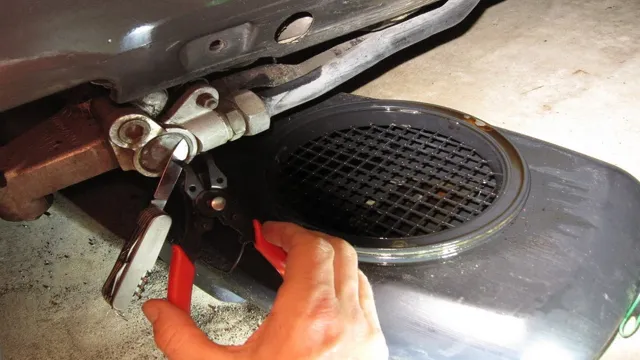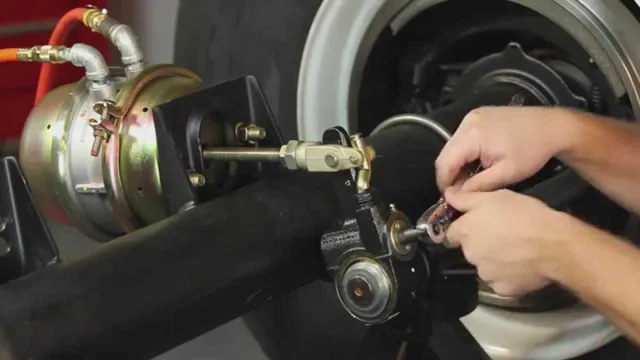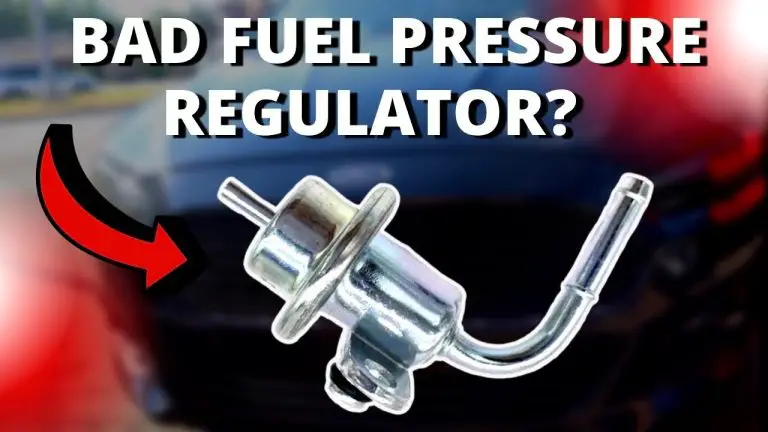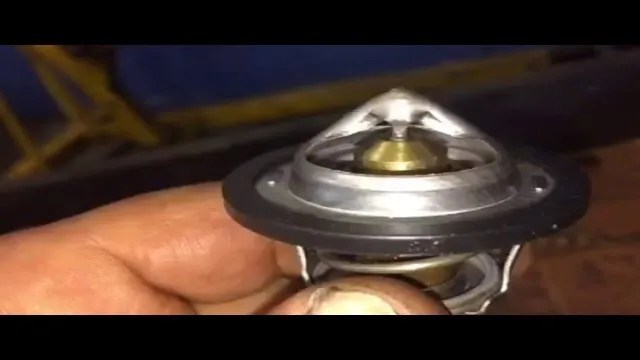Ultimate Guide to Fix High Oil Temperature in Your Car: Tips and Techniques
Is your car’s oil temperature soaring high? That’s a definite red flag. It could signify several issues with your vehicle that may lead to severe engine damage, or worse, engine failure. However, worries aside – high oil temperature is a fixable issue with a few simple tricks and tips.
In this blog, we’ll cover everything you need to know about fixing high oil temperature. We’ll provide you with some valuable insights, including causes and symptoms of high oil temperature and some practical fixes, so let’s dive right in and explore the topic.
Check Your Oil Level
If you’re wondering how to fix high oil temperature, the first thing you need to do is check your oil level. A lack of oil or dirty oil that hasn’t been changed in a long time can cause your engine to overheat. The easiest way to check your oil level is to locate the dipstick under your car’s hood and remove it.
Wipe it clean with a rag and reinsert it, then remove it again to see where the oil level falls on the dipstick. If it’s below the minimum recommended level, add more oil until it reaches the optimum level. Be sure to use the right type of oil for your car as well, as this can also impact your engine’s temperature.
If you’re still experiencing high oil temperature despite checking and replenishing the oil level, it may be time to take your car to a trusted mechanic for a more thorough inspection.
Does your oil level match the recommended amount?
As a car owner, it’s important to regularly check your oil level. Not only does it ensure the longevity of your engine, but it also prevents any potential breakdowns on the road. To check your oil level, make sure your car is parked on a level surface.
Locate the oil dipstick, which is usually marked with a bright-colored handle, and pull it out. Wipe it clean with a cloth or paper towel, reinsert it, and pull it back out again. Check the oil level on the dipstick.
The oil should be between the minimum and maximum markers, which are usually indicated by two dots or lines on the dipstick. If the oil level is low, add the recommended amount until it reaches the correct level. Remember to check your oil level regularly and always follow the manufacturer’s recommended oil type and change intervals.
By doing so, you can avoid costly repairs and ensure your car runs smoothly.
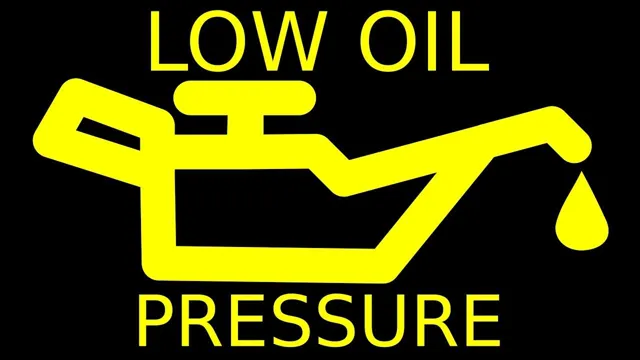
Top off oil if necessary
Checking your oil level regularly is an essential aspect of maintaining your vehicle. It ensures that your engine is well lubricated and prevents it from overheating, which can cause significant damage. To check your oil level, park on level ground and turn off your engine.
Wait a minute or two to allow the oil to settle before pulling out the dipstick and wiping it clean. Insert the dipstick back in, and then remove it again to check the oil level. The dipstick will have two marks indicating the minimum and maximum levels.
The oil level should be between these marks. If it’s low, top off the oil until it reaches the maximum level. Be sure to use the recommended oil type and viscosity.
It’s crucial to check your oil level regularly to keep your engine running smoothly and avoid costly repairs. So make it a habit to check your oil level every time you fill up your gas tank or at least once a month.
Inspect the Cooling System
When it comes to fixing high oil temperatures, one of the first things you should inspect is the cooling system. A malfunctioning cooling system can cause the oil to heat up too much, leading to engine damage and reduced performance. Start by checking the radiator for leaks and blockages, as well as ensuring that the coolant level is sufficient.
You should also check the thermostat to make sure it’s working properly, as a faulty thermostat can cause the engine to overheat. If everything looks good with the radiator and thermostat, it may be time to flush the coolant and replace any worn-out hoses or belts. Don’t neglect this crucial step, as a poorly functioning cooling system can have serious consequences for your vehicle.
By proactively maintaining your cooling system, you can prolong the life of your engine and avoid costly repairs down the road.
Check for leaks, clogs or damaged components
When it comes to maintaining your vehicle’s cooling system, it’s important to check for leaks, clogs, or damaged components on a regular basis. This is because any issues with your cooling system can lead to overheating, which can cause serious damage to your engine. To inspect your cooling system, start by checking the coolant level and color.
If the level is low or the color looks murky, it’s time to flush and replace the coolant. Next, inspect the radiator and hoses for leaks or damage. Make sure the radiator fins are not bent or obstructed, which can reduce airflow and cause overheating.
Finally, check the water pump for leaks and the thermostat for proper functioning. By regularly inspecting your cooling system, you can catch any issues early and prevent costly repairs down the line.
Replace worn out parts
When it comes to keeping your car running smoothly, it’s important to inspect the cooling system regularly. This system is responsible for regulating the temperature of your engine and preventing it from overheating. Over time, however, parts of the cooling system can wear out and may need to be replaced.
The most common parts that need replacing are the water pump, thermostat, and radiator hoses. If any of these parts are worn out, it can lead to leaks, reduced efficiency, or even engine damage. To prevent these problems, it’s a good idea to have your cooling system inspected by a professional mechanic at least once a year.
Not only can they identify potential issues before they become major problems, but they can also replace any worn out parts to keep your car running smoothly. By taking care of your car’s cooling system, you can ensure that your engine stays cool and your car stays on the road for years to come.
Upgrade Your Oil Cooler
Are you experiencing high oil temperature in your vehicle? This could be a sign that your oil cooler needs an upgrade. A functioning oil cooler is essential in preventing engine damage due to overheating. Upgrading to a larger oil cooler or installing a high-performance oil cooler kit can significantly improve the cooling capacity of your engine oil.
With a better oil cooler, your vehicle’s engine will be able to operate at a cooler temperature, protecting sensitive components and improving overall performance. Don’t let high oil temperature compromise your vehicle’s reliability and longevity. Upgrade your oil cooler today and ensure your engine remains in top condition.
Find a larger oil cooler for your specific make and model
Upgrading your vehicle’s oil cooler is a wise investment that can provide several benefits. An efficient oil cooler helps in maintaining optimal engine temperature, preventing oil breakdown, and reducing wear and tear on engine components. If you’re experiencing issues with your car’s oil overheating, it might be time to find a larger oil cooler for your specific make and model.
You want to choose the right size and shape to ensure its compatibility with your vehicle. Consult your car’s manual or a knowledgeable mechanic to determine the correct dimension oil cooler you need. By upgrading your oil cooler, you can improve the performance and longevity of your engine.
Don’t wait until your engine oil is causing issues before investing in a new oil cooler. Upgrading your oil cooler is a crucial step in safeguarding the well-being of your vehicle.
Follow instructions for installation
If you’re looking to upgrade your oil cooler, it’s important to follow the instructions provided with the new unit. While it may seem like a straightforward job, overlooking important steps can result in leaks or damage to the engine. Start by draining the old oil from the cooler and removing any mounting hardware.
Then, carefully disconnect the hoses and fittings, being mindful of any clips or brackets that may be holding them in place. Next, install the new cooler and reattach the hoses and fittings, being sure to use the proper torque settings. Finally, refill the engine with oil and check for any leaks or issues before driving.
By following these steps, you can ensure that your upgraded oil cooler will provide improved performance and longevity for your vehicle.
Regular Maintenance
If you’re experiencing high oil temperature, it could be a sign of a serious issue with your vehicle. Luckily, there are some regular maintenance tasks you can do to prevent this from happening and fix it if it already has. Start by checking the oil level and making sure it’s at the recommended amount.
If it’s too low, it can cause the engine to work harder and generate more heat. Check the oil filter too and replace it regularly as it can become clogged with debris, reducing the oil flow and causing the temperature to rise. Another thing to check is the cooling system, as it plays a vital role in keeping the engine’s temperature in check.
Ensure there are no leaks, cracks or other damage to the radiator, hoses, and thermostat. It’s also important to change the coolant regularly as it can lose its effectiveness over time. By performing these maintenance tasks regularly, you can avoid high oil temperatures and keep your engine running smoothly.
Routine oil changes and tune-ups can prevent high oil temperature
Regular Maintenance When it comes to keeping your car running smoothly, regular maintenance is key. One of the most important components of maintenance is routine oil changes and tune-ups. Not only do these prevent wear and tear on your engine, but they can also prevent a common problem: high oil temperature.
When your engine runs hot, your oil can break down and lose its lubricating properties. This can cause serious damage to your engine and decrease its lifespan. But by keeping up with your oil changes and tune-ups, you can ensure that your engine stays at the right temperature for optimal performance.
So don’t neglect your regular maintenance – it’s an investment in the longevity and reliability of your vehicle.
Conclusion
In conclusion, when dealing with high oil temperatures, it’s important to take a multi-pronged approach. First, make sure you have the right oil viscosity for your vehicle and driving conditions. Second, ensure that your cooling system is functioning properly by regularly checking coolant levels and flushing the system when necessary.
Finally, consider upgrading your oil cooler or adding a secondary one if your vehicle is prone to high oil temperatures. Just like with any overheating problem, prevention is key! So, stay on top of your vehicle maintenance and keep your oil temps cool as a cucumber!”
FAQs
What are the common causes of high oil temperature?
High oil temperature can be caused by various factors including a malfunctioning oil cooler, low oil level, restricted oil flow, and high ambient temperature.
How can I check the oil temperature in my vehicle?
You can check the oil temperature in your vehicle by using an oil thermometer or by accessing the vehicle’s onboard diagnostic system, which displays the oil temperature on the dashboard.
What are the dangers of driving with high oil temperature?
Driving with high oil temperature can cause damage to the engine, decrease fuel efficiency, and increase the risk of a breakdown or engine failure.
How can I fix high oil temperature in my vehicle?
Fixing high oil temperature may require replacing a faulty oil cooler, checking and replenishing the oil level, ensuring proper oil flow, and addressing any other underlying issues with the engine or cooling system. It is recommended to take your vehicle to a certified mechanic for proper diagnosis and repair.

